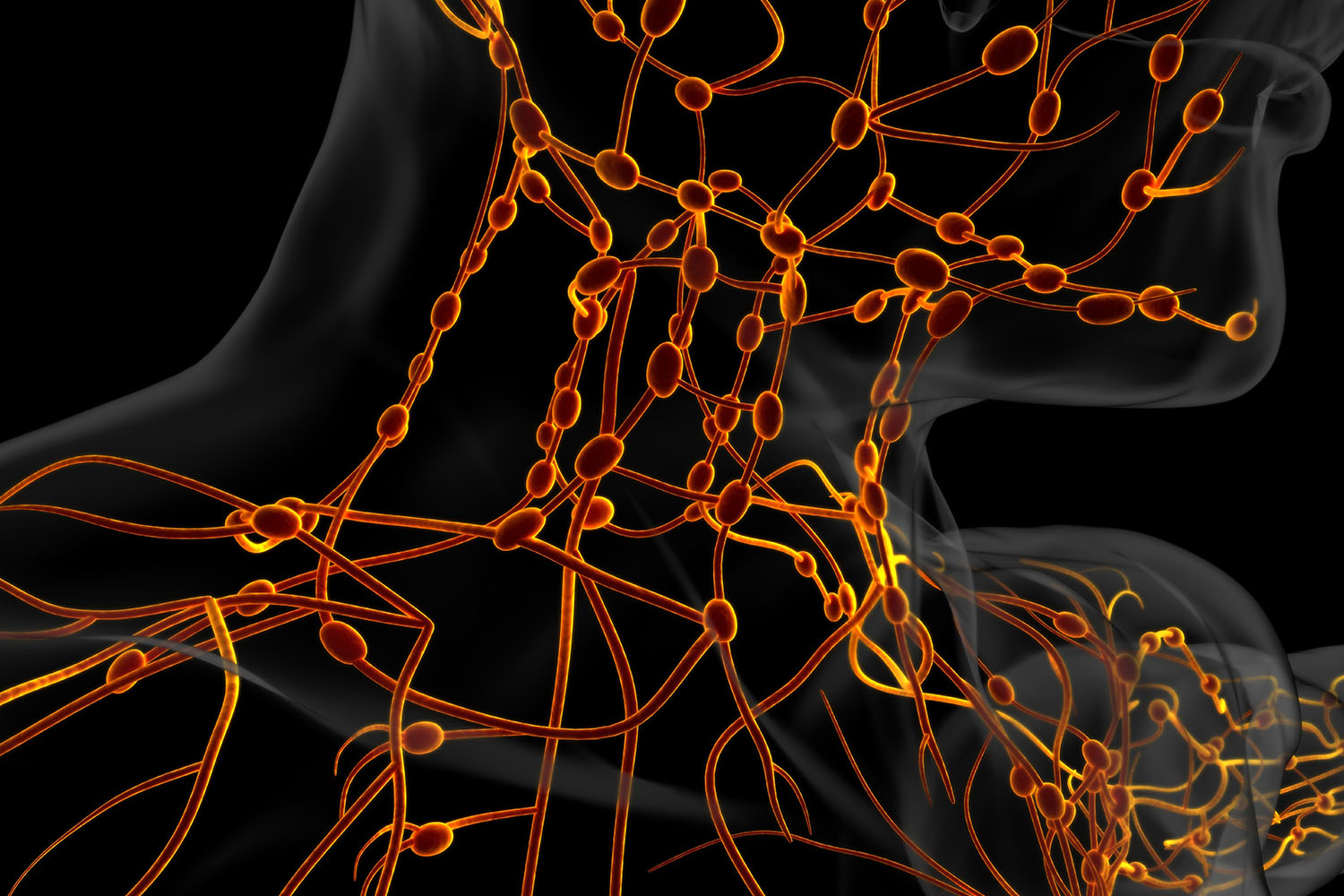Overview
Cervical lymph nodes are a crucial component of the body’s immune system, serving as sentinel stations that help detect and combat infections, inflammation, and other abnormalities in the head and neck region. These small, bean-shaped structures play a vital role in filtering lymphatic fluid and facilitating the body’s immune response to pathogens and foreign substances.

Research into cervical lymph nodes has elucidated their intricate functions and significance in maintaining overall health. Situated along the sides of the neck, cervical lymph nodes form part of the larger lymphatic network that spans the entire body. They act as reservoirs for immune cells, including lymphocytes and macrophages, which are instrumental in identifying and eliminating harmful invaders.
One of the primary functions of cervical lymph nodes is to trap and process antigens, such as bacteria, viruses, and abnormal cells, encountered in the head and neck region. Upon detection of these foreign substances, lymphocytes within the lymph nodes mount an immune response, initiating processes that ultimately neutralize the threat and prevent its spread throughout the body.
International research has contributed valuable insights into the diagnostic and prognostic significance of cervical lymph nodes in various medical conditions. Enlargement or tenderness of cervical lymph nodes may serve as a clinical indicator of underlying infection, inflammation, or malignancy in the head and neck region. For instance, acute infections such as tonsillitis or pharyngitis can result in swollen and tender cervical lymph nodes as the body mobilizes its immune defenses to combat the infection.
Furthermore, cervical lymphadenopathy, characterized by abnormal enlargement of cervical lymph nodes, can occur in response to a wide range of conditions, including viral or bacterial infections, autoimmune disorders, and certain types of cancer. International studies have highlighted the importance of thorough clinical evaluation and diagnostic testing to determine the underlying cause of cervical lymphadenopathy and guide appropriate management strategies.
In addition to their diagnostic significance, cervical lymph nodes also play a crucial role in cancer staging and treatment planning, particularly in head and neck cancers. Examination of cervical lymph nodes through imaging studies, such as ultrasound or CT scans, helps assess the extent of lymph node involvement and informs decisions regarding surgery, radiation therapy, or chemotherapy.
It’s essential to emphasize that while cervical lymphadenopathy often raises concerns about serious underlying conditions, the majority of cases are due to benign causes such as reactive lymphadenitis. However, timely evaluation by healthcare professionals is essential to rule out potentially serious causes and initiate appropriate treatment.
Cervical lymph nodes are integral components of the body’s immune system, serving as vital hubs for immune surveillance and response in the head and neck region. Through international research and collaborative efforts, healthcare professionals continue to deepen their understanding of cervical lymph nodes’ role in health and disease, leading to improved diagnostic accuracy and patient outcomes. Vigilance in monitoring cervical lymph nodes and promptly investigating any abnormalities ensures timely intervention and optimal management of associated conditions, ultimately promoting overall well-being and quality of life.


